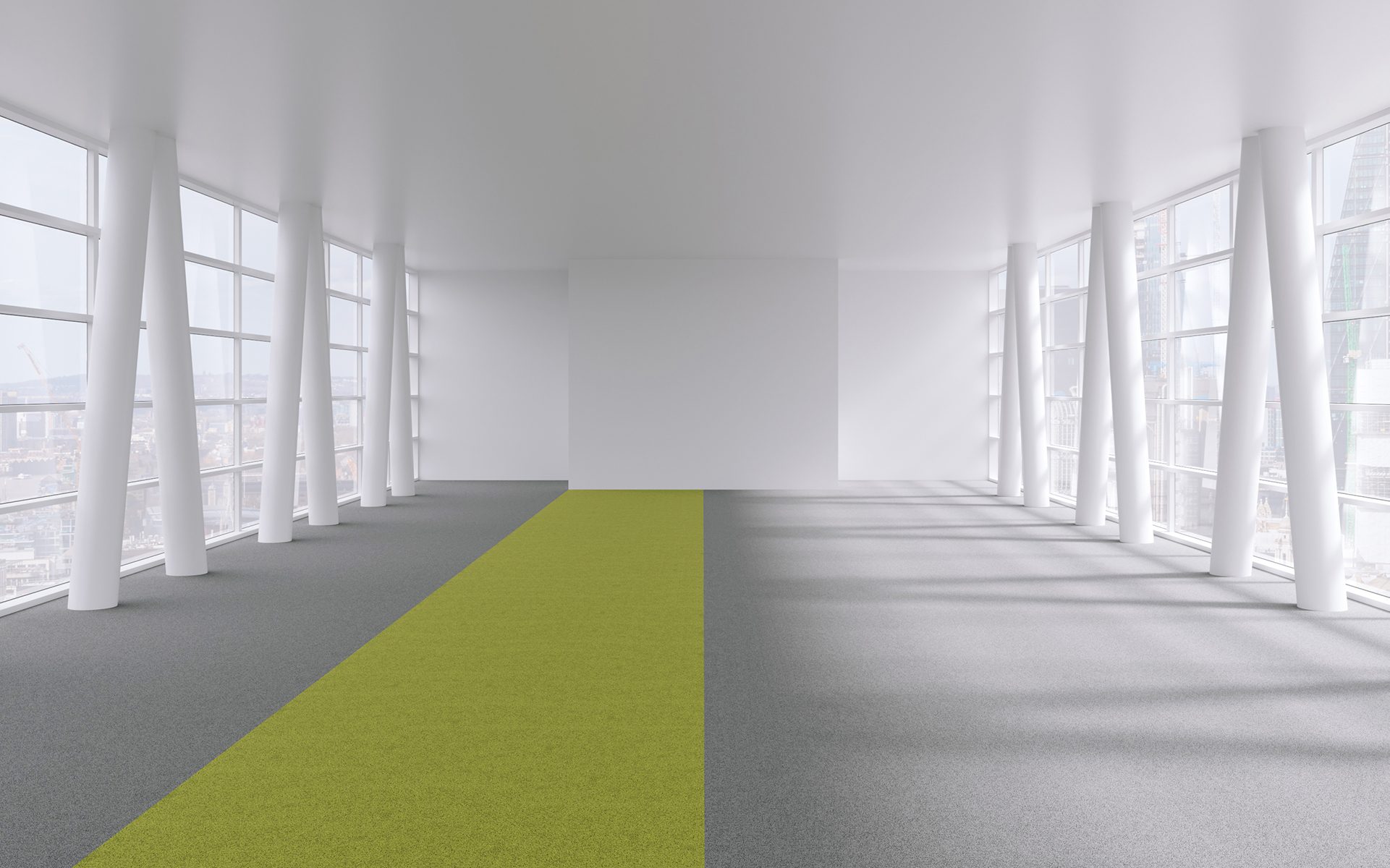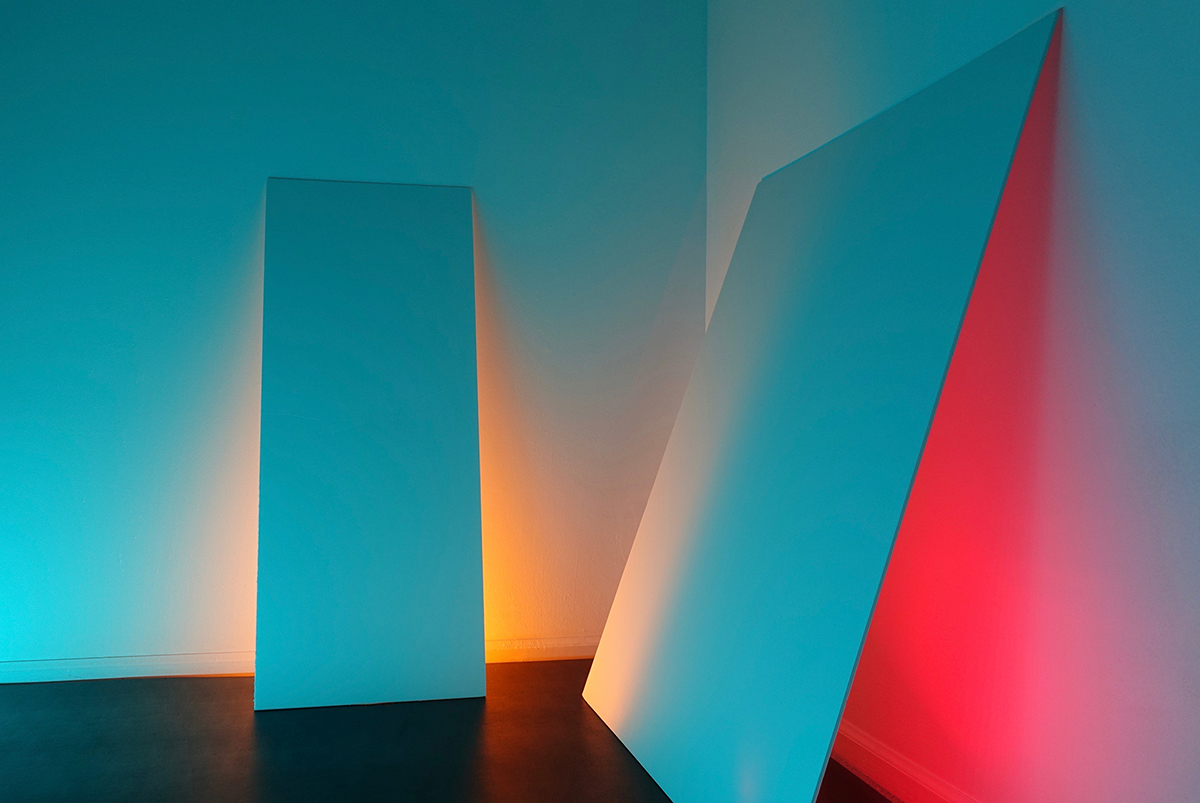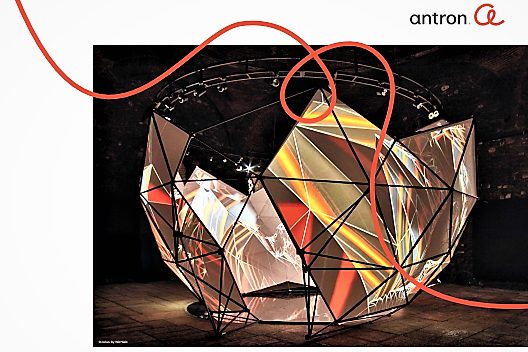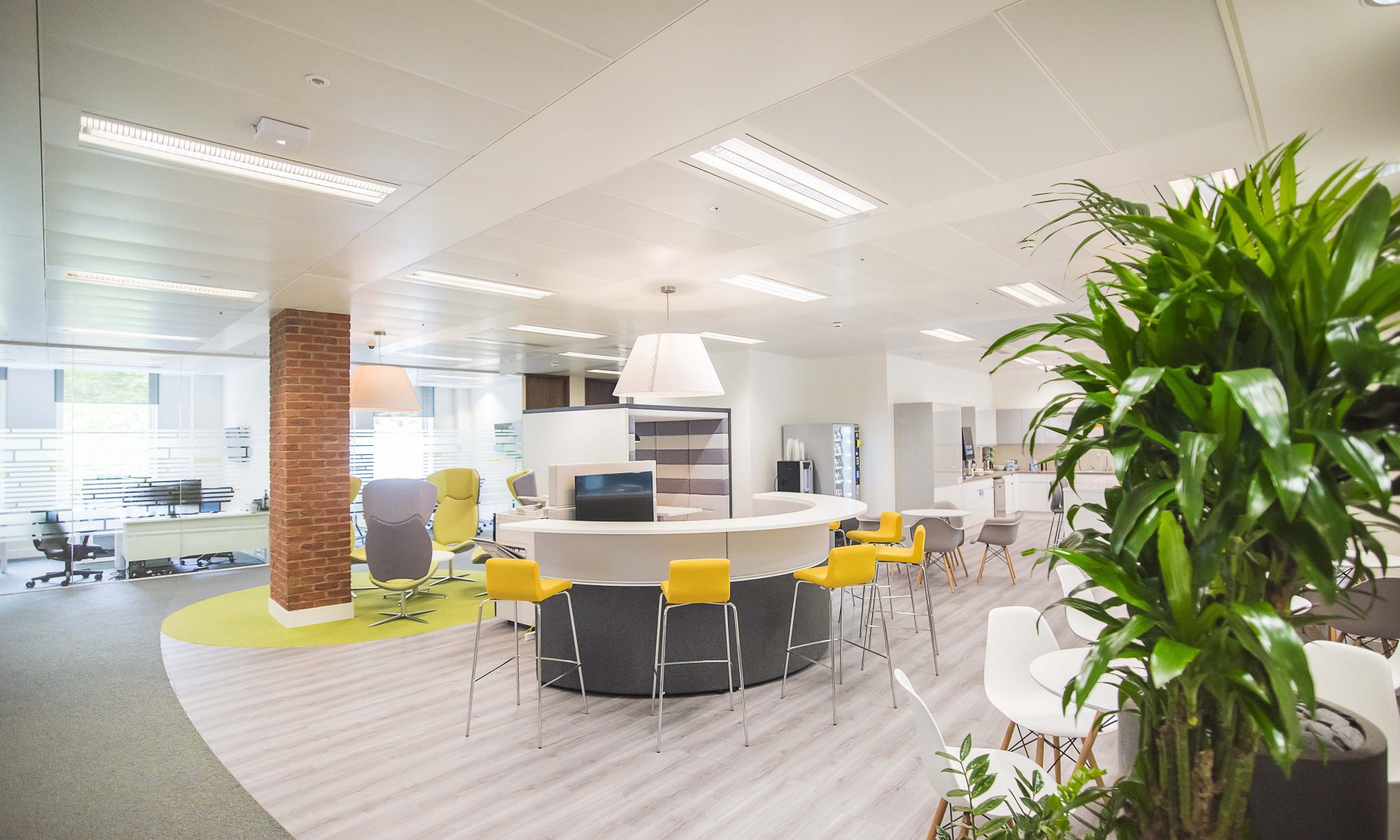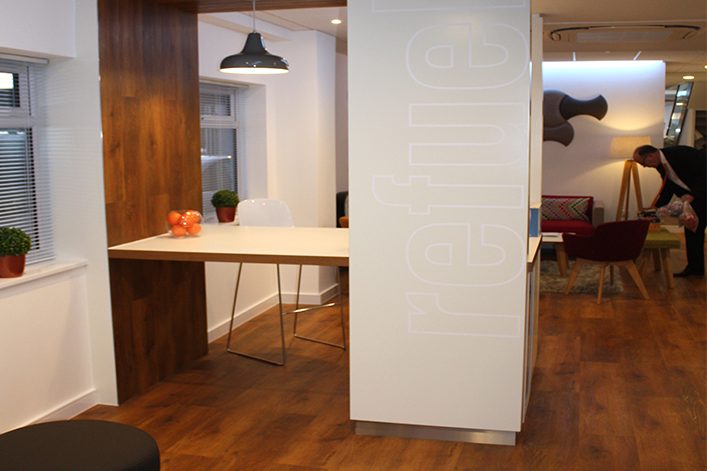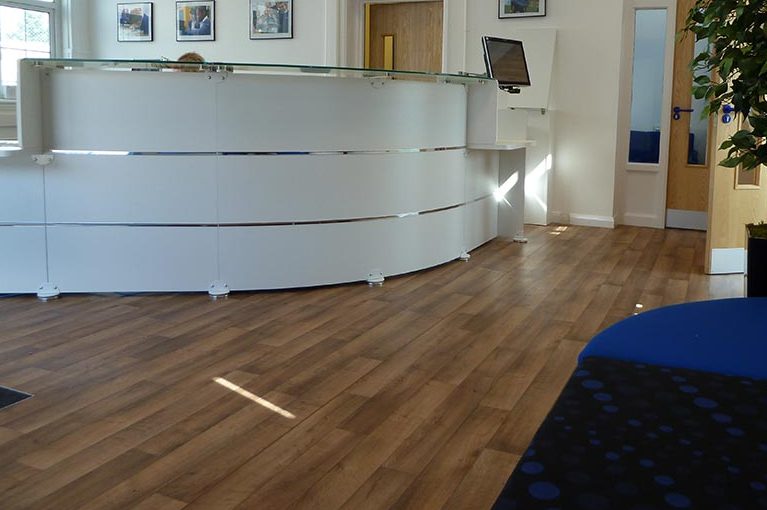Choosing the ideal floor covering for a commercial flooring project requires a lot of considerations. This post outlines five factors that you probably already have on your checklist when selecting highly functional yet stylish floor coverings.
5 Factors to Consider When Choosing Commercial Flooring
Floor covering is an integral part of interior spaces in commercial buildings. Besides withstanding heavy traffic in the workplace, office flooring also serves as a cosy accessory and can also be used to make a statement or define your style, as office spaces have become less rigid and formal.
It is, therefore, not enough to consider functionality alone when choosing a suitable material for commercial flooring in the current era of evolving corporate culture. If you’re seeking to build a cool workplace or you’re looking to transform an existing office into a trendier workspace, here are five factors that you should consider.
1. Sustainability
Not a new phenomena but more people are becoming environmentally conscious and it is a pre-requisite considerations in many design projects. Sustainable, reusable and recycle content materials are dominating the floor covering manufacturing industry, as they are friendlier to the environment. While some materials have stronger credentials than others the choice is wide, which still allows for a great combination of textures, look and feel.
2. Creative designs
The traditional workspace was often dull, rigid, and very formal. Today, thanks to a more robust and youthful workforce, offices are now employing more creative designs to attract and retain younger talent. This is why geometric shapes (such a hexxtiles and herringbone), bold patterns, and vibrant colours (such as Visualise and Trend) are quickly replacing traditional monochrome commercial flooring. This factor has contributed greatly to the rise of modular flooring in the commercial sector due to their flexibility and ability to complement any workspace design.
3. Safety
Safety in the workplace contributes greatly to workplace ethics, and it should be fundamental to workspace design. For the safety of employees in the workplace, you should ensure that your choice of flooring material is compliant with the governments’ regulations for commercial floors. One major factor that can help you choose safe material for workspace flooring is considering slip resistance, especially when looking at floor coverings in entrances and areas where spills might be more common. We wrote a useful article some time back on understanding slip ratings, which you might find useful. Considering barrier tiles and entrance matting systems has highly beneficial safety implications, as well as keeping the rest of your flooring covering attractive and easier to maintain.
4. Luxury as a trend
Luxury is no longer a reserve for rich and affluent homeowners as the trend is now becoming an important feature of commercial flooring. Designers are using luxury vinyl tiles made from quality and affordable materials and stylish, textured carpet tiles to bring elegance and cosiness into office interiors. This is part of the resimercial trend we highlighted in a previous piece on design trends and how this trend brings considerable tangible benefits to an organisation.
5. Ease of maintenance
Due to heavy traffic, commercial floors could potentially wear out faster than domestic floor covering. They can also become soiled faster than floors in residential buildings. It is, therefore, essential that you look at the durability of any commercial flooring material and its ease of cleaning before installation. This is easily solved by taking a quick look at the manufacturer’s guidance to cleaning and maintenance but also the various flooring symbols you see on a manufacturer’s specification documentation. The key ones being wear rating class 33 (for heavy contract use), the castor chair test, and considerations such as stain resistance and colour fastness.
